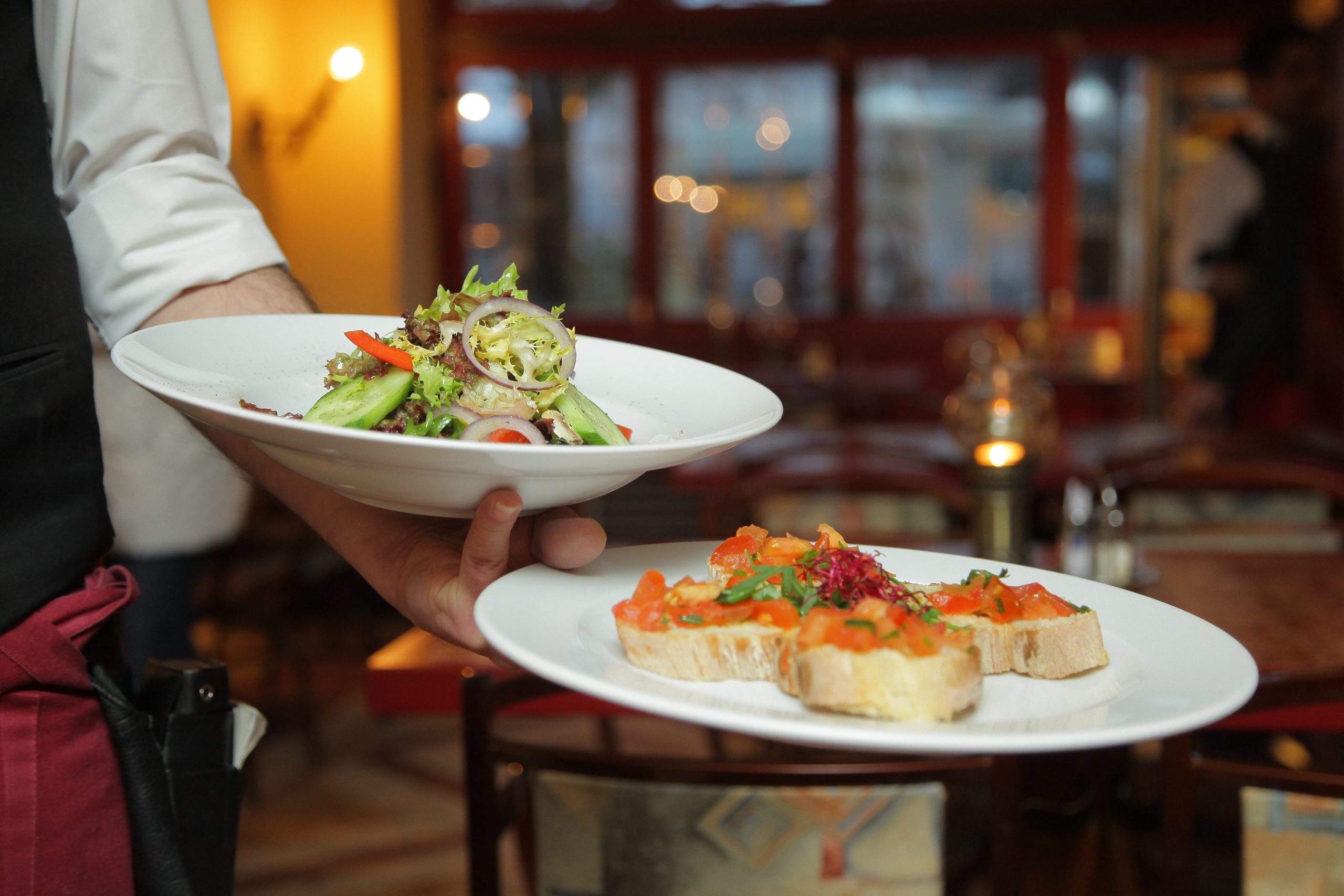The restaurant industry is an interesting animal. It’s one of the most riveting and communal industries to be a part of yet also one of the most challenging. Though we’re all a bit fatigued by reflecting on the pandemic’s impact, so many restaurant owners are still hurting from this unpredictable era. So where is the silver lining? Despite the challenges, the past few years have shown an impressive level of grit, community, and nimble course correction, with employees stepping up to the plate to cover shifts of sick colleagues and go above and beyond their pay grade to adapt to operational pivots.
As the industry has finally begun to experience the light at the end of the tunnel, it’s more important than ever to build a solid foundation in every area of your restaurant business, especially if you’re getting started from the ground up or launching a new concept.
With a refreshed mindset in 2022 and restaurant fans excited for the next big launch, it’s crucial for restauranteurs to hone in and sharpen their plans when it comes to openings. We’ve pared down our thoughts to five essential strategies that will ensure your launch is a success and builds the momentum needed to stay in the game.
1. Timing is Everything
The media is one of the most powerful resources for restaurant owners, and timing out your strategy is something worth overthinking. Whether you’re an established restauranteur or an industry newbie, you have to keep your local, regional, and national customer base informed. From the moment you sign the lease on your new space, that’s your first opportunity for press coverage that helps build anticipation. Engaging with a PR firm to map out a timeline is one of the best investments you can make. Depending on your restaurant and existing reputation, your team will analyze the best (and most realistic) outlets, as well as your viability for exclusives, which typically offer a greater quality of coverage, along with more clicks and shares. Building out the right media/influencer list and release timeline takes a huge piece of the puzzle off your plate, so you can focus on the dozens of moving parts involved with staffing, design, and finessing your menu.
2. Do overbudget on photography
As mentioned, the restaurant industry is tough… and it’s notorious for slim profit margins. However, if there’s one area of promotions where you should never pinch pennies, it’s photography. Your competition varies depending on your location, but great photography should always be viewed as a bare minimum investment no matter who you’re up against. Think about how much money was poured into fine-tuning your space, design, branding, and menu. Your business deserves visuals that do it justice. Round-up coverage and ‘Best of’ lists are just important as reviews in driving traffic, and media always prioritize great photography when it comes to picking out lead images for their content.
3. Extend Your Launch Timeframe
Like any great vacation or celebration, longer is usually better. Don’t feel constrained to hosting one event and calling it a day. Consider one or two “friends and family” nights to kick things off, using those as the training ground for new staff to work out any kinks with service and the kitchen. From there, take a day or two to soft launch, keeping things quiet while staff continues to gain their footing. Then, depending on the size of your city and your invite list, set aside one or two nights for your official launch. Have your PR team build a list of key media, influencers, and industry stakeholders, with RSVPs to ensure your staff is up-to-speed on who will be in attendance on which nights.

4. Go Big With Your Invite List
Look to your PR team to optimize your invite strategy, but don’t be afraid to go big with your list. If you need to spread things out over a full weekend, it’s better to have more big names in attendance than less, and offering them the chance at exclusivity will maximize the quality of coverage and word-of-mouth impact (since you’re still the newest spot on the block).
5. Rub Every Elbow In The Room
Launching a new concept is one of the best times to network. The story behind your restaurant is most well-received and anticipated by key industry players during the launch phase. Take the time to float around and chat with every table, thanking them for coming in and asking for any feedback. If your team is doing things right, those in attendance will make for great lasting relationships. An influencer who had an enjoyable time and connected with the owner is much more likely to return in the future, continue to promote your business (often at little to no expense) and invite their other influential friends. The same goes for media and potential investors down the line.
Ready to get started with your customized PR program? When we work together, your brand does more than show up. It shows up with a story, a purpose, a unique reason for being – and it makes an impact.





Recent Comments